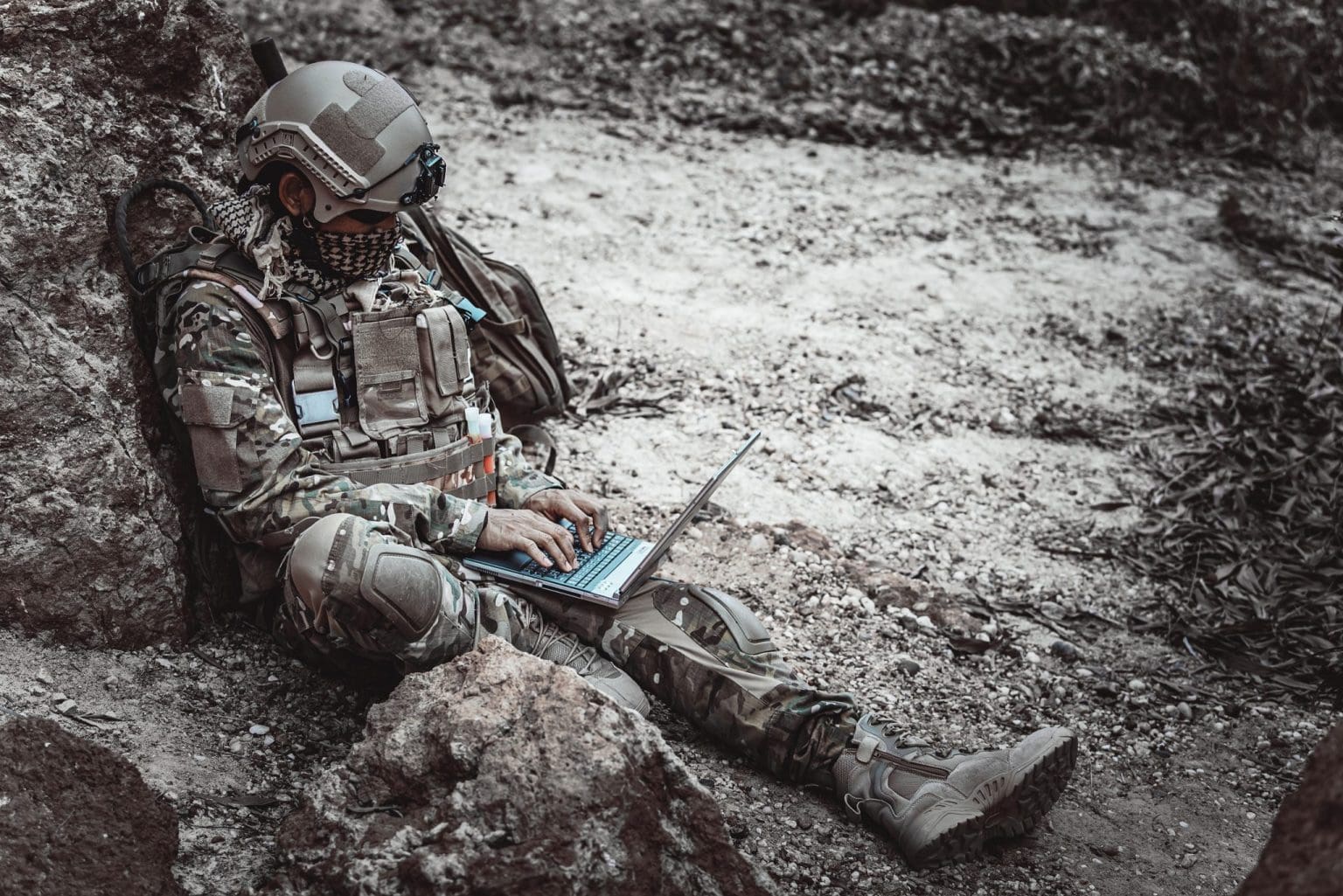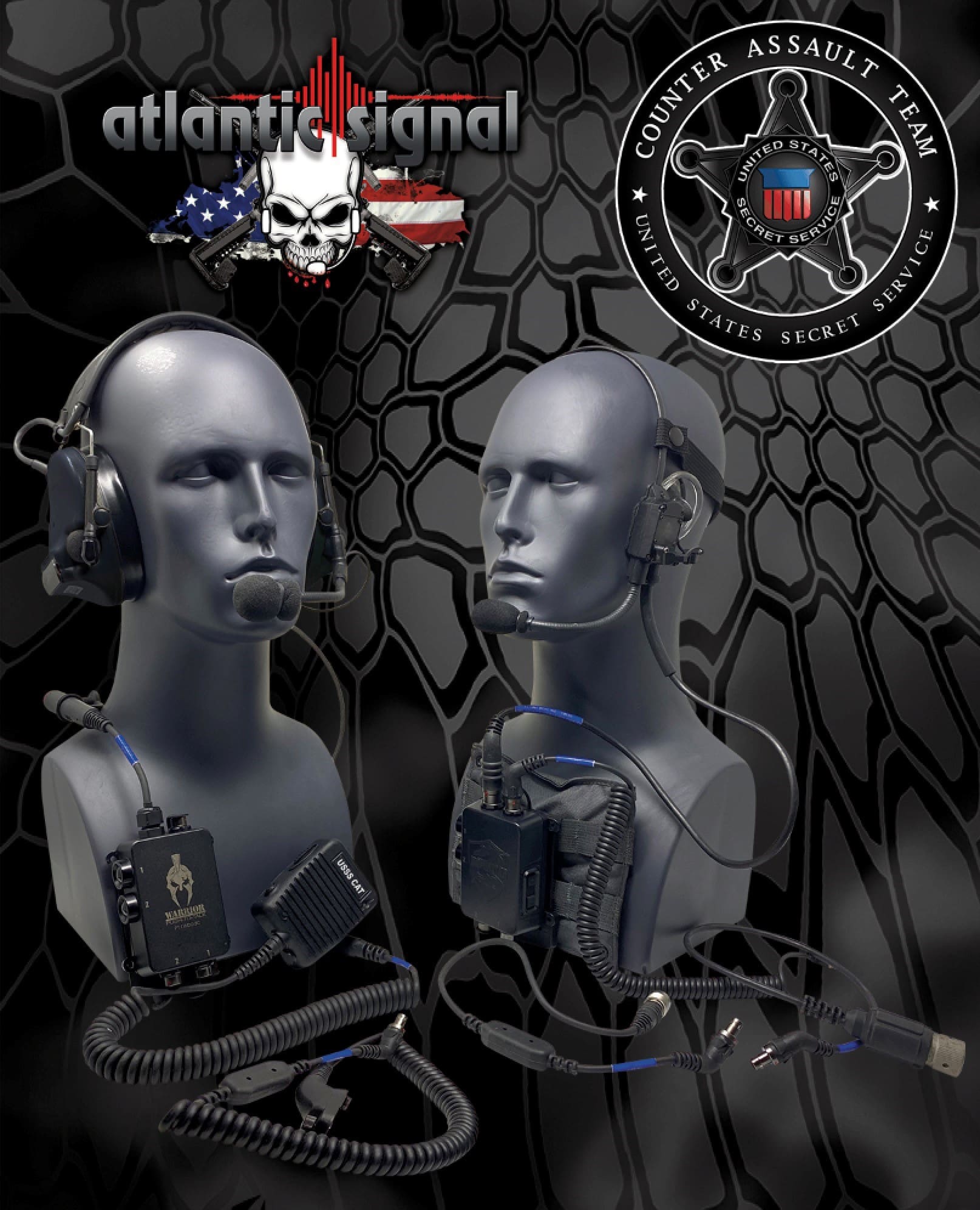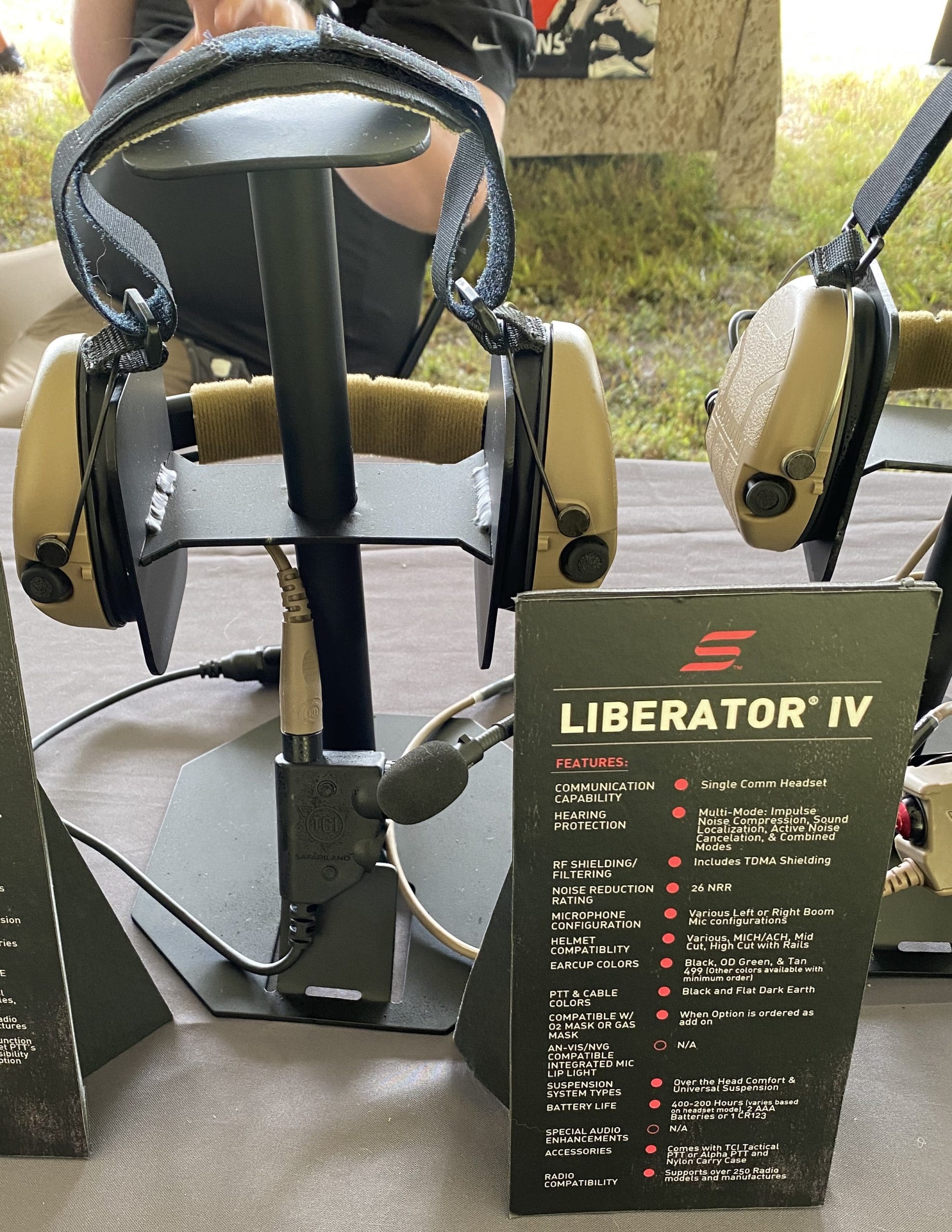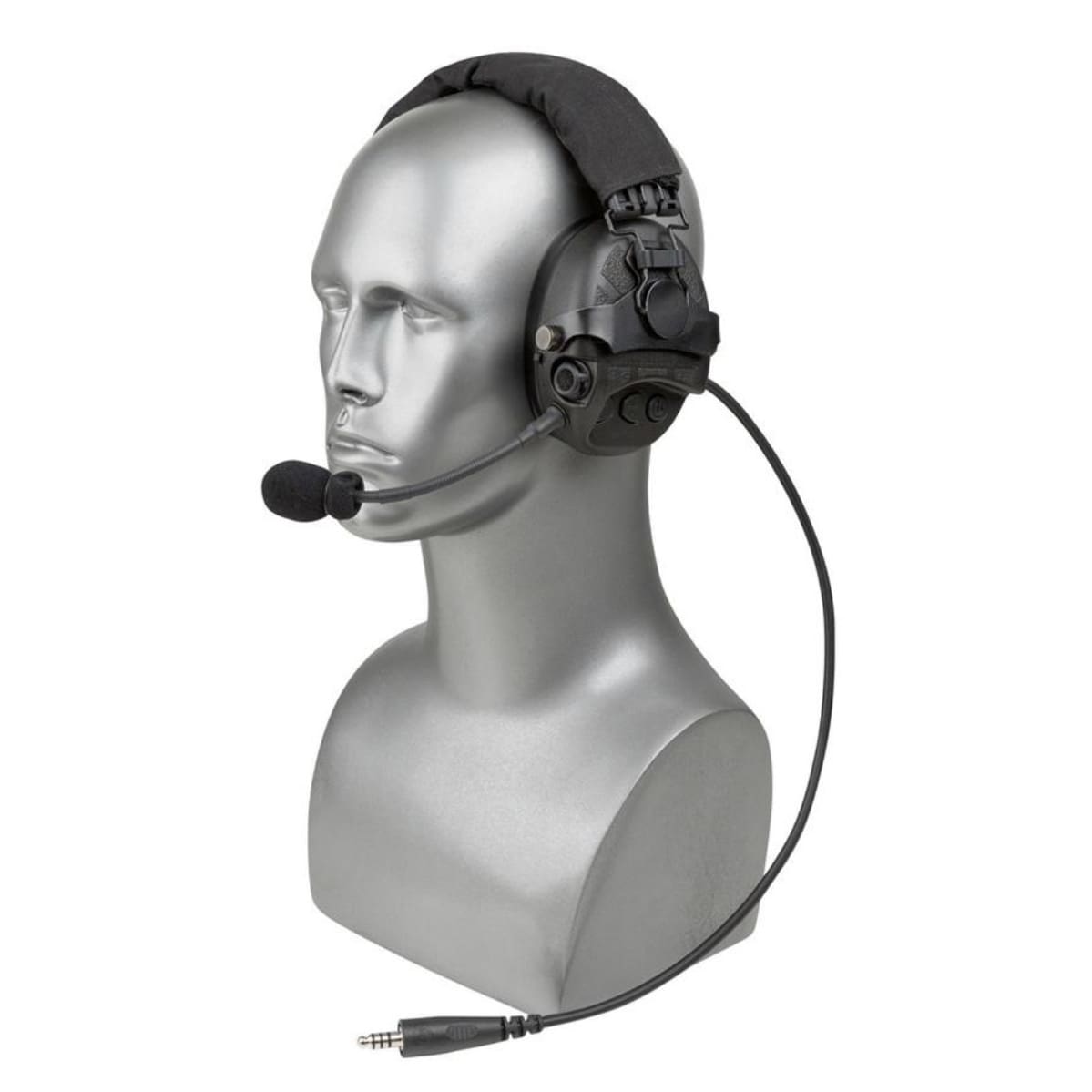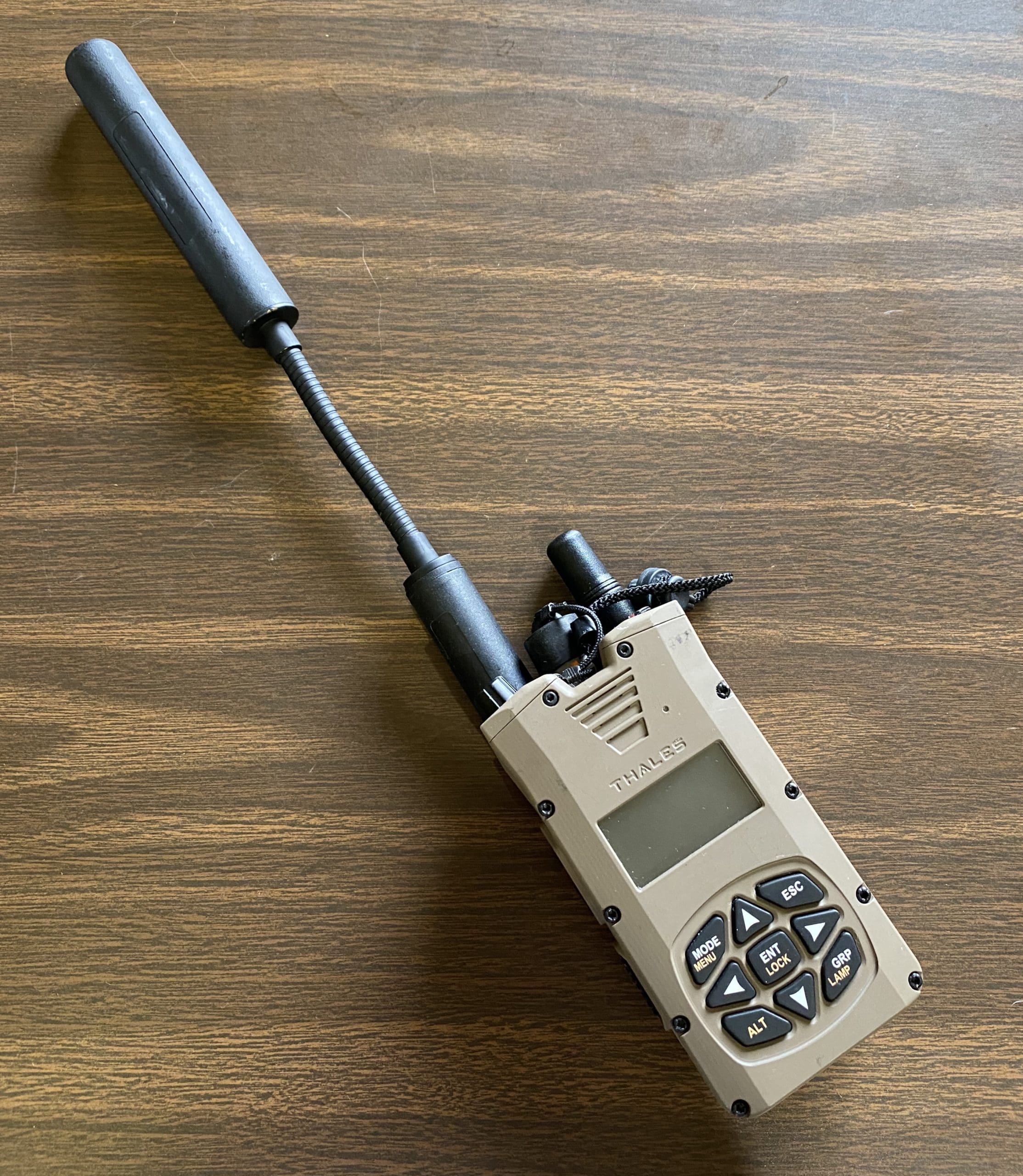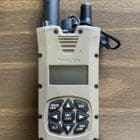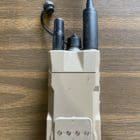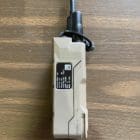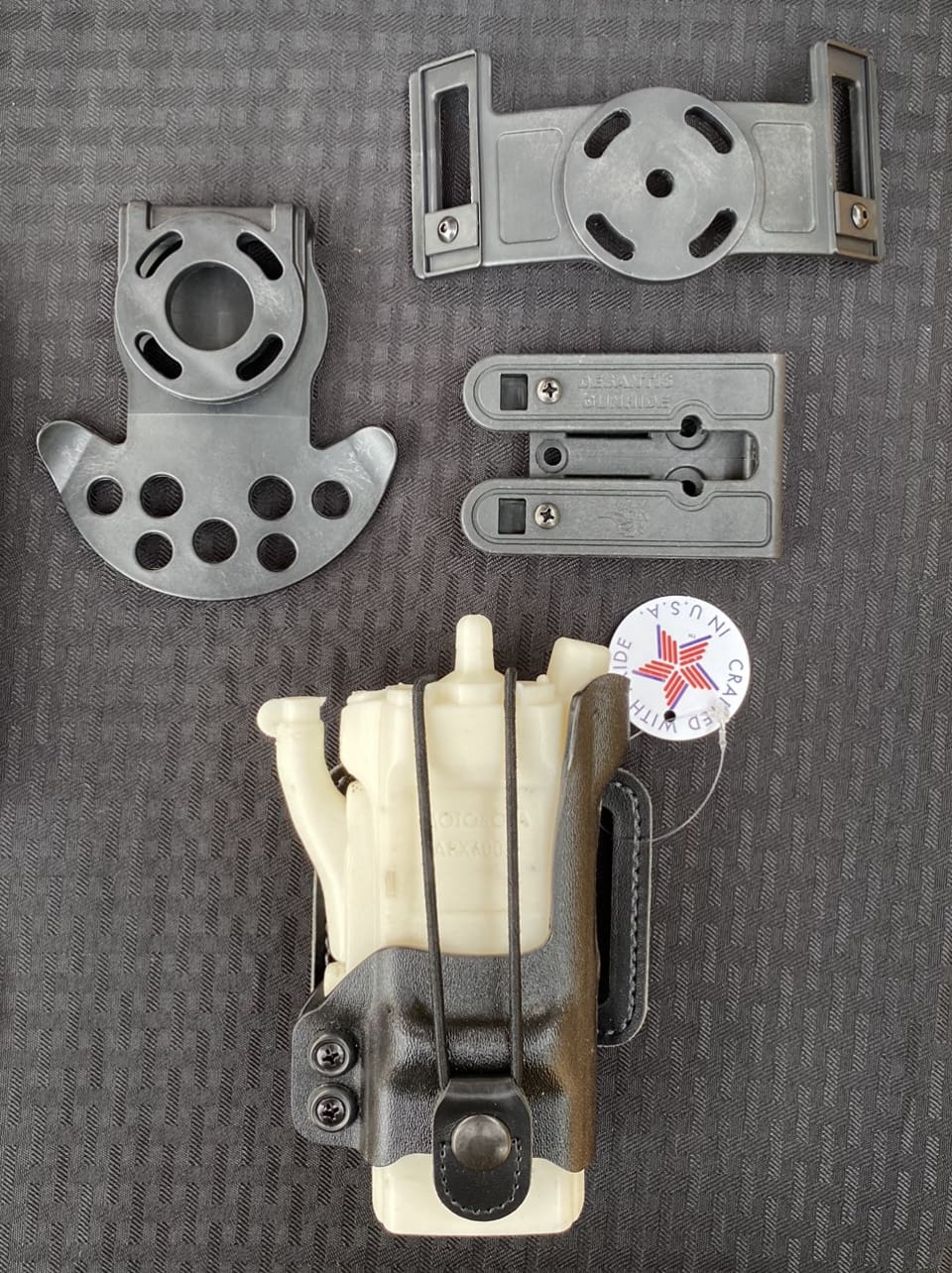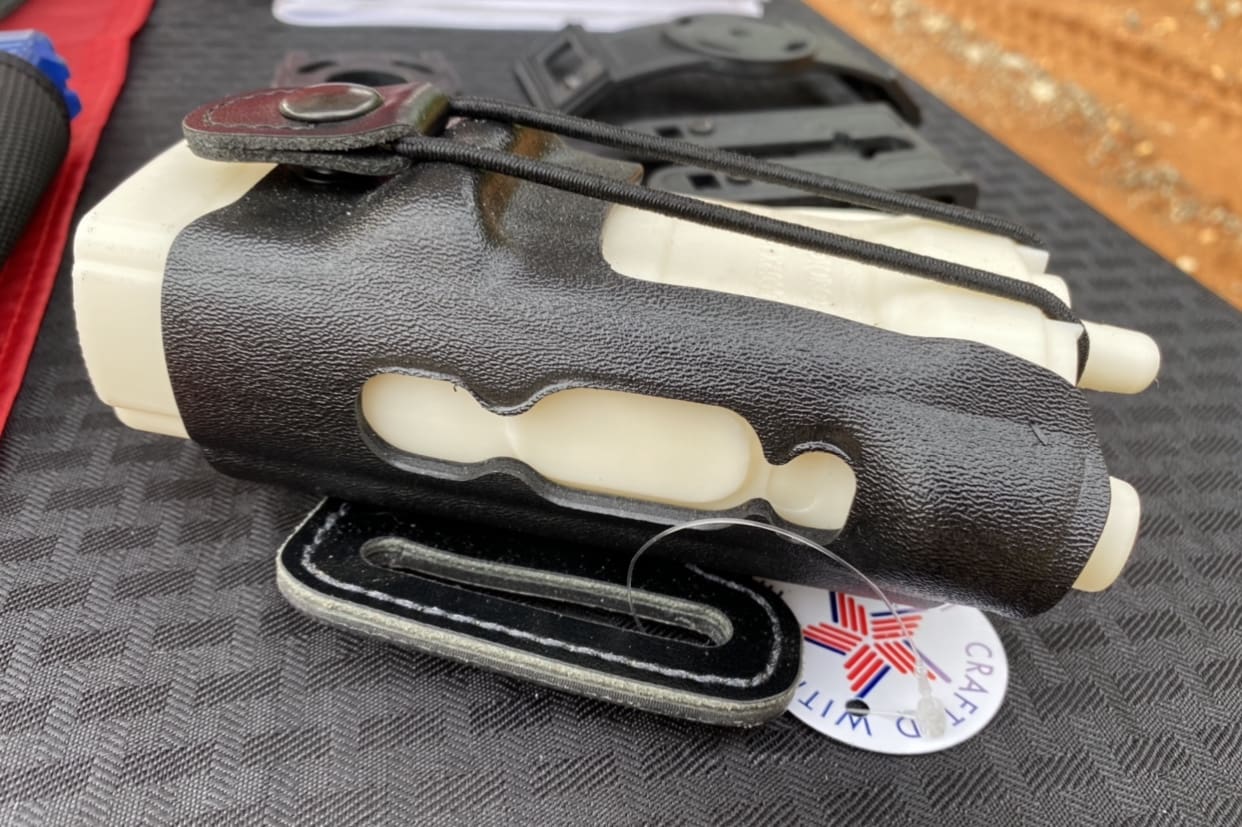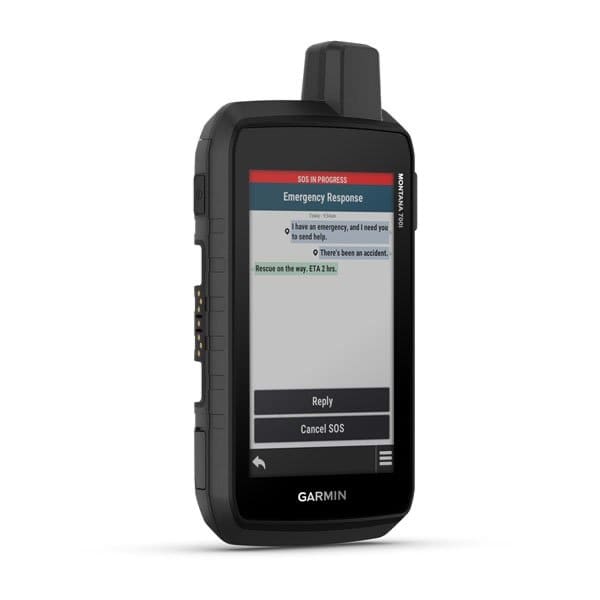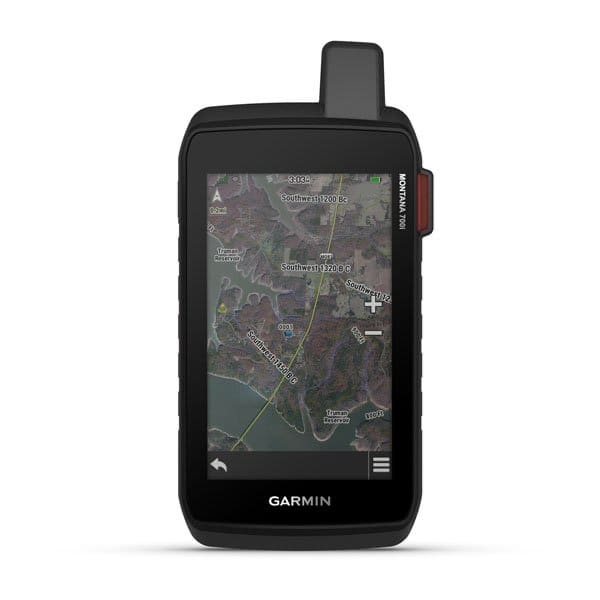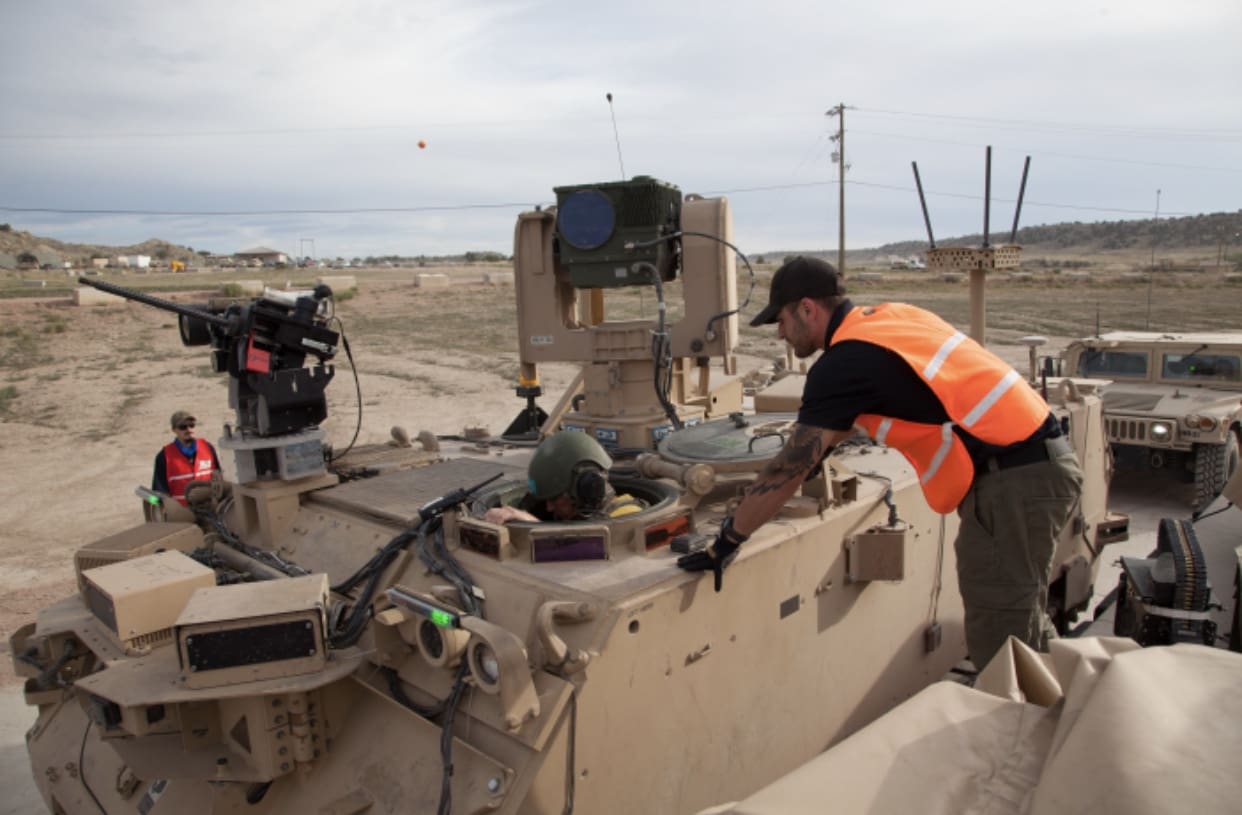Atlantic Signal was recently awarded and delivered the first of numerous orders for the NYPD ESU following extensive testing of the company’s exclusive ComTac V Patriot Headset, Invictus Push-to-Talk and ESU Speaker Mic with custom radio cable inline QD for quick change capabilities for their Motorola APX portable radios.

The Invictus push-to-talk was developed in 2017 to provide an updated/alternative to the old school U94 PTT option that had been prevalent since the late 1990s. The Invictus features both single and dual comm models with shrouded actuation switch(es) that allow the end-user to attach or detach protective shrouds. Both models include a blackened stainless steel MOLLE clip that allows the end-user to move the PTT switch(es) to the 3, 6 ,9 & 12 o’clock positions. Further, the Invictus MOLLE clip was designed to allow the user to remove the MOLLE clip from its normal ‘back’ position, which configures the PTT actuation switch(es) in an outboard position, and attach the clip to the ‘front’ of the Invictus PTT housing which positions the actuation switch(es) in an outboard orientation for left handed trigger-pullers.
The order includes the Atlantic Signal exclusive 3M/Peltor ComTac V Patriot headset featuring all-new ambient environment listening modes, ambidextrous noise canceling boom microphone, removable rubber headband and ARC rail mounts for the team’s Ops-Core protective helmets.
“We began working with ESU approximately 18 months ago after being notified they were looking to update what proved to be very outdated ancillary communications. As opposed to most other tactical communications suppliers/distributors, we design and manufacture our products and have in-house capabilities to customize our builds. ESU is a very demanding customer and are not the traditional part-time SWAT / tactical unit. Requirements for their needs included custom comms systems for Heavy Weapons and Tactics, Explosive Ordinance Disposal, SCUBA, EMT, High Angle Rescue, Vehicle and Train Extrication, Helicopter & HAZMAT. NYPD’s requirements are very similar to what we have done for the FBI Hostage Rescue Team. An example is, NYPD wanted its ESU operators to be able to quickly transition into tactical gear without having to unscrew, remove, re-position and screw back on their Motorola APX radio adapter. We provided an inline quick disconnect on the coiled radio cable assembly that allowed each officer to simply unplug his department issued shoulder mic cable from the radio and plug in his/her Atlantic Signal comms system without ever having to remove the actual radio connector. We had experience with this unique type of request having developed a similar inline QD system for Naval Special Warfare boat operators. We worked with each specialized team and developed comms solutions for their specific needs surrounding a single common headset, the Atlantic Signal exclusive ComTac V Patriot” stated Randall Hedrick, President and Managing General Member of Atlantic Signal.
NYPD ESU provides services analogous to the functions of a Special Weapons and Tactics (SWAT) team. ESU responds to high-risk, tactical operations involving barricaded suspects, hostage situations, high- warrant service, tactical crowd control and dignitary/VIP protective operations. ESU also provides operations and technician level response to hazardous materials (HAZMAT) incidents involving the presence of industrial or illicit chemical, biological or radiological agents involving criminals or terrorists. ESU is also trained to rescue victims from structural collapse, high-rise structure, confined spaces, trench collapse, vehicle and rail car accident, and machinery accident entrapment. They may also respond to persons having difficulty breathing, heart attacks, and strokes as first responders, or along with local EMS.
NYPD ESU performs both surface and underwater victim rescue, searches and evidence recovery as well as to provide “crisis response” to incidents involving psychologically disturbed individuals. ESU members sometimes provide immediate fire suppression and victim rescue for fires occurring in massive and highly populated structural locations that are under the direct jurisdiction of a state or municipal authority. ESUs’ operations are often supported by a Canine (K-9) response capability and members often respond to incidents involving dangerous animals and reptiles. In some jurisdictions, ESU members may provide medical support and team member rescue during tactical operations and sometimes staff a dedicated ambulance.
Atlantic Signal is based out of Topeka, KS where they develop, design, manufacture and sell tactical communications and accessories. The company started in 1989 with a focus on tactical law enforcement. Today, thirty-one years later, the company’s clients include Customs and Border Patrol, Naval Special Warfare, LAPD, ATF, MARSOC, DEA, US Coast Guard, US Secret Service among thousands of military and law enforcement clients around the world.
atlanticsignal.com
